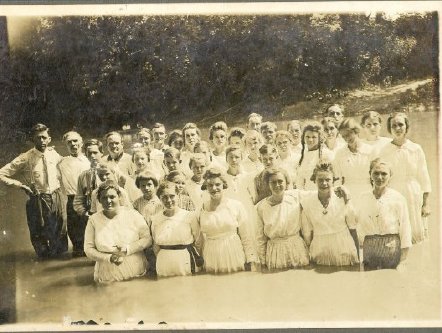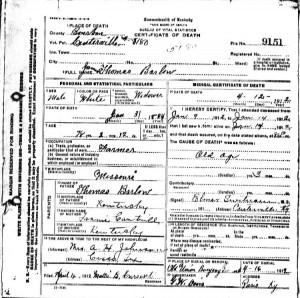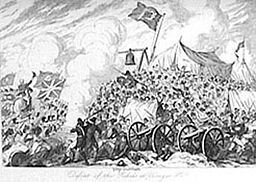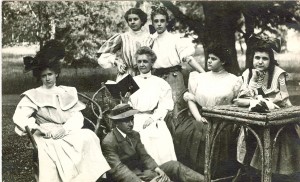
My great-grandfather was Baptist Minister; do you have any church records or minutes in your collections?
Church records are among the best records for genealogists to locate and study. They can provide information that is not recorded in any other source such as births, baptisms, marriages, deaths, and even the burial location of your ancestor. Additionally, you can learn about your ancestor’s participation in the church’s life or separation/transfer from the church rolls. Discipline in churches has changed dramatically over the years but in many cases, members were removed from the church for non-attendance, profanity, drinking or dancing. They can reveal the extent to which your ancestors participated in religious affairs. They are also helpful for tracing family relationships or migration patterns.
For those ancestors who were ministers, priest or rabbis, biographical information may be found in a printed source, obituary listing or in church or synagogue archives.
Finding theses important records can be difficult. Many churches do keep good records but they may have been sent to a central archive, placed in private hands or given to a historical society or special collections library. Fortunately, many churches have microfilmed these records, or at least given copies to local organizations.
The Kentucky Library and Museum’s manuscript collection of church records can be found at
http://www.wku.edu/Library/kylm/collections/inhouse/mss/ChurchRecords/index.html
Other records have been published in book form and may be found by using TOPCAT.
There are excellent chapters on the information provided by church records and how to locate them in The Source: A Guidebook of American Genealogy, edited by Arlene Eakle and Johni Cerny (Ancestry Publishing, Salt Lake City, Utah, 1984) and in Val Greenwood’s revised edition of the Researcher’s Guide to American Records (Genealogical Publishing Co., Baltimore, Md., 1990.





